Previous post
Now reading
The perfect day trip itinerary to Bath

As one of the UK’s top wellbeing destinations since the Roman times, Bath is a place for pleasure and relaxation. The world-famous Roman Baths, together with the city’s rich history, traditional heritage, 18th century architecture, and contemporary culture, make Bath one of the best-preserved Georgian cities in England. Come with me to find out the best things to see and do in this UNESCO World Heritage Site, whilst sustainably travelling in comfort…
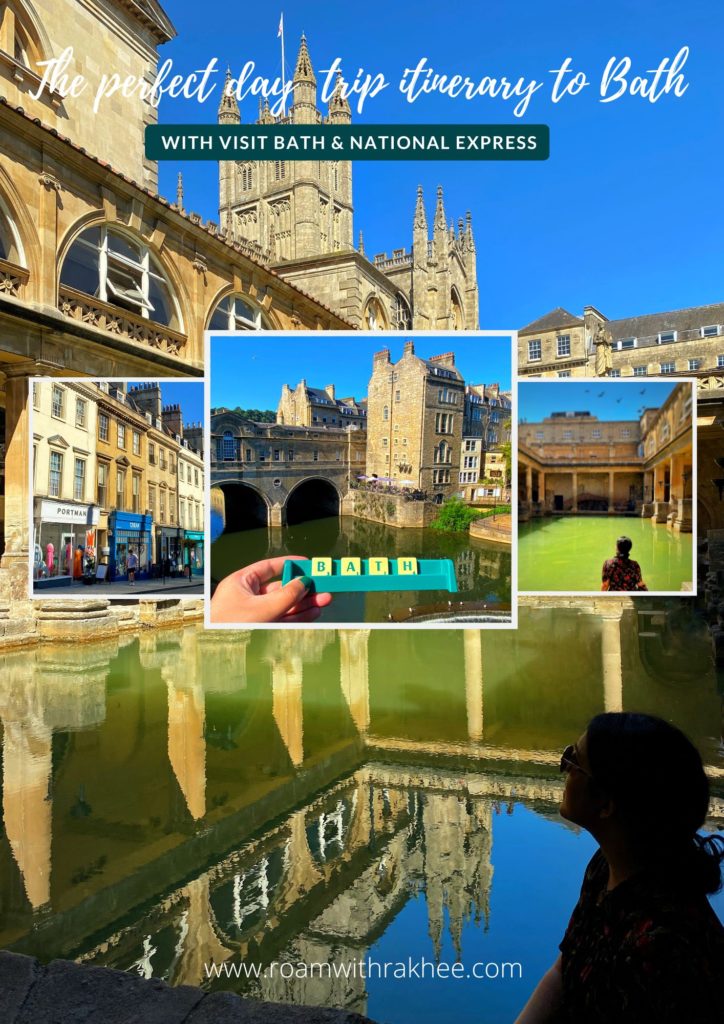
My coach journey from London Victoria to Bath took just over three hours each way. This may sound long for a day trip, but compared to other options such as rail and car, this is a super comfortable and very affordable way to travel.



National Express travels to over 900 destinations within the UK, and passengers benefit from competitive prices, guaranteed (leather!) seats, generous luggage allowance, onboard toilets, free WiFi, and convenient USB charging ports, perfect for long journeys. I travelled on one of the hottest days with the temperature reaching 34C, but the excellent air conditioning onboard made it feel comfortable.


National Express coaches are also environmentally friendly, with the company having committed to a zero emission coach fleet by 2035. Continual investment means the average age of a coach is only three years old, making National Express one of the most sustainable coach companies in the UK. Did you know that just one coach-load of people can keep up to 50 cars off the road?!
I had a few hours to explore beautiful Bath – luckily the city is very compact and visitor-friendly, making a day trip seamless!
Bath was inscribed by UNESCO as a World Heritage Site in 1987, and the Roman Baths are at the heart. The Roman Baths sit on the original site of the Roman settlement, and were built between 60-70 A.D., making them some of the world’s longest-lasting Roman remains.
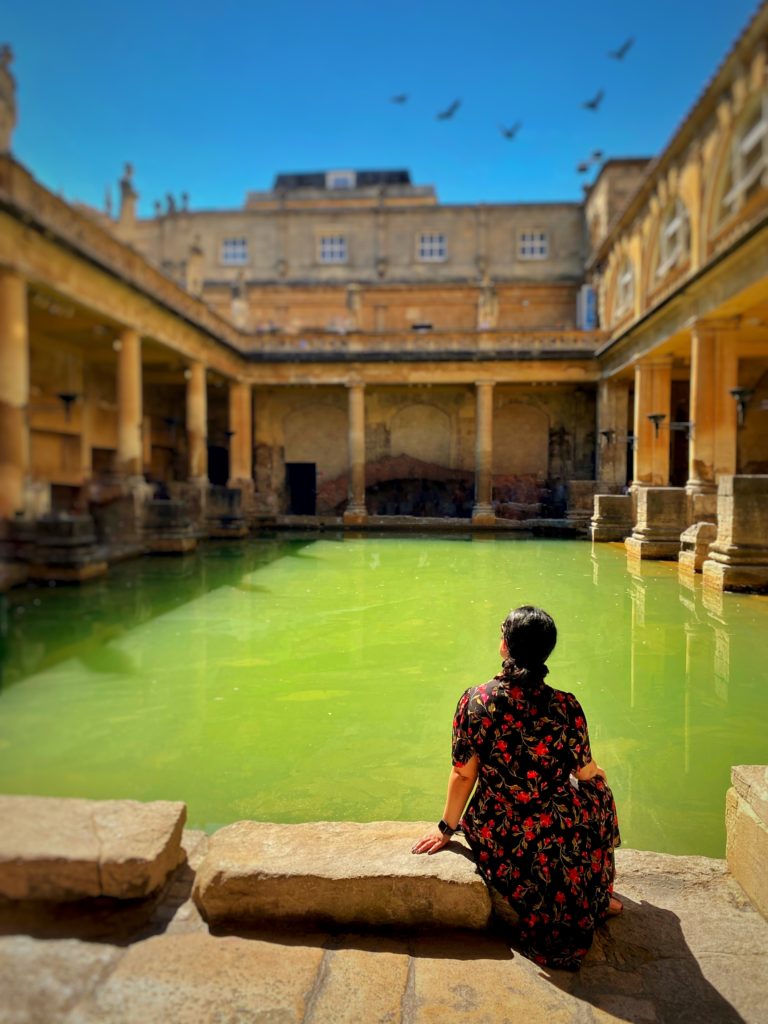
At the centre of the Baths and Temple complex is the Great Bath, core to Bath’s history as a city of healing hot waters. Around Britain’s only hot spring, the Romans built a magnificent temple and bathing complex that still flows with natural hot water. See the water’s source and follow the footsteps of the Romans, on the ancient stone pavements.
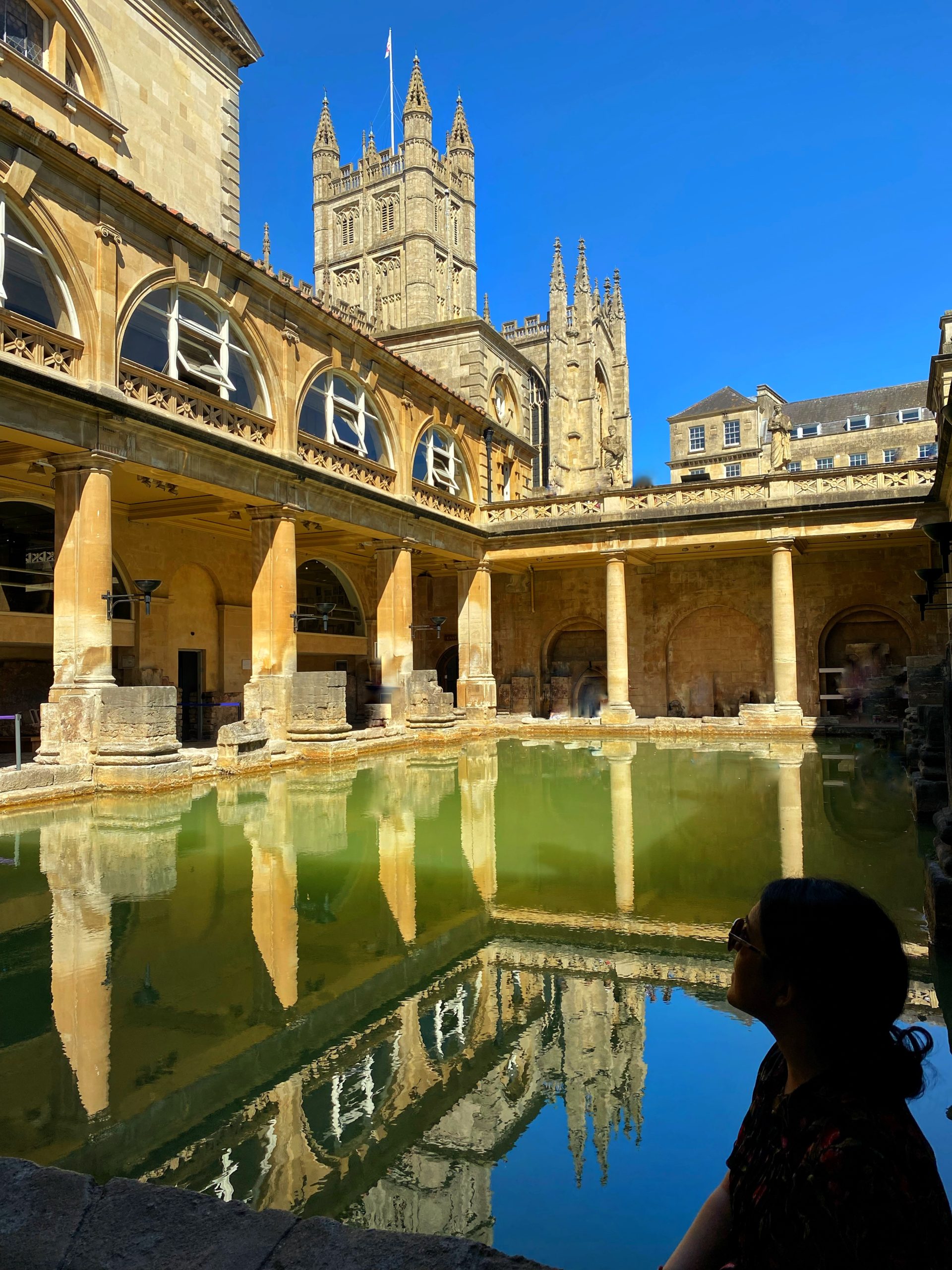
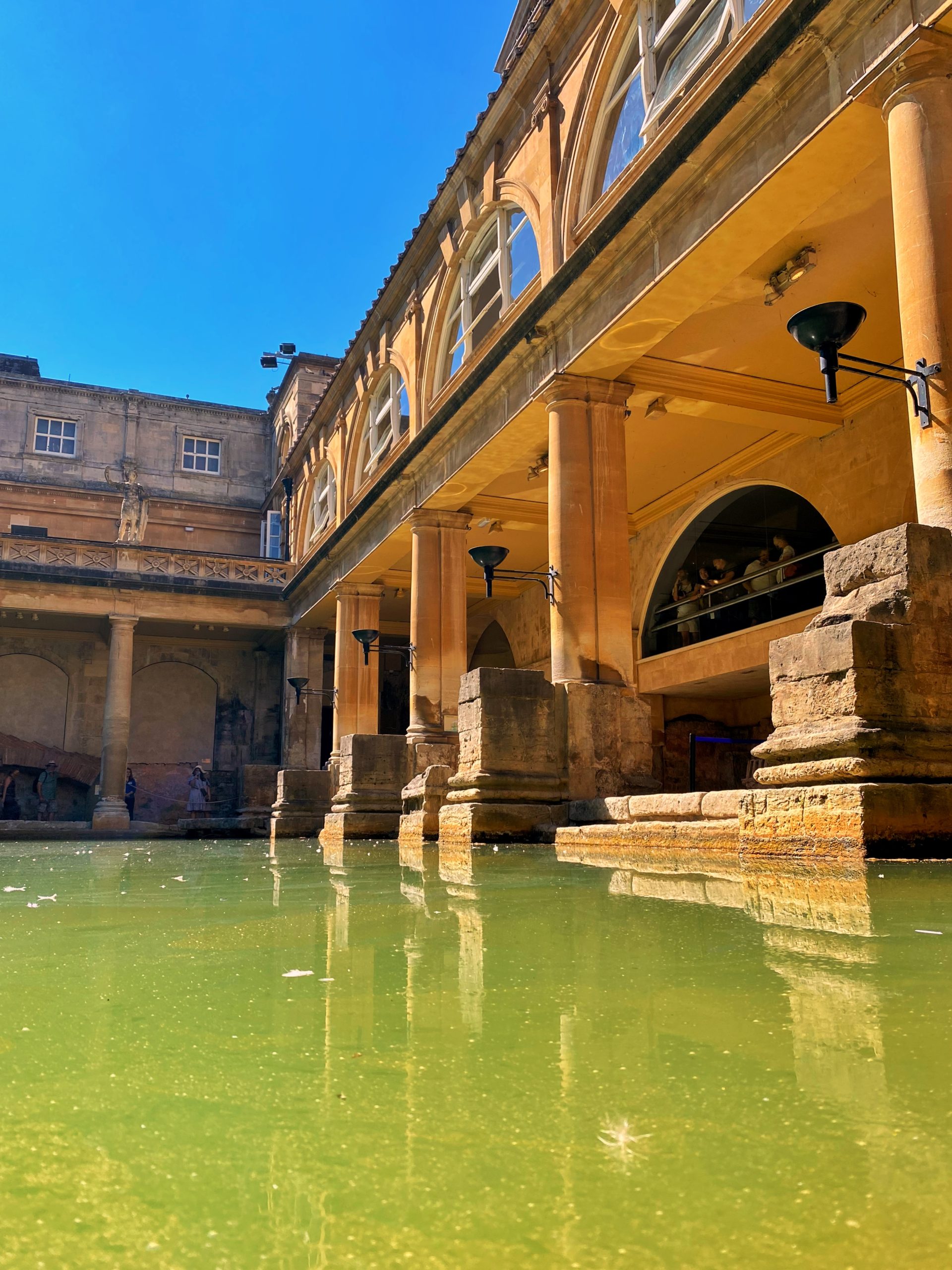
The Roman Baths are unquestionably the top place in the UK to learn about the Roman Empire in Britain and the lasting legacy it has left. And not to mention the fantastic photo opportunities…
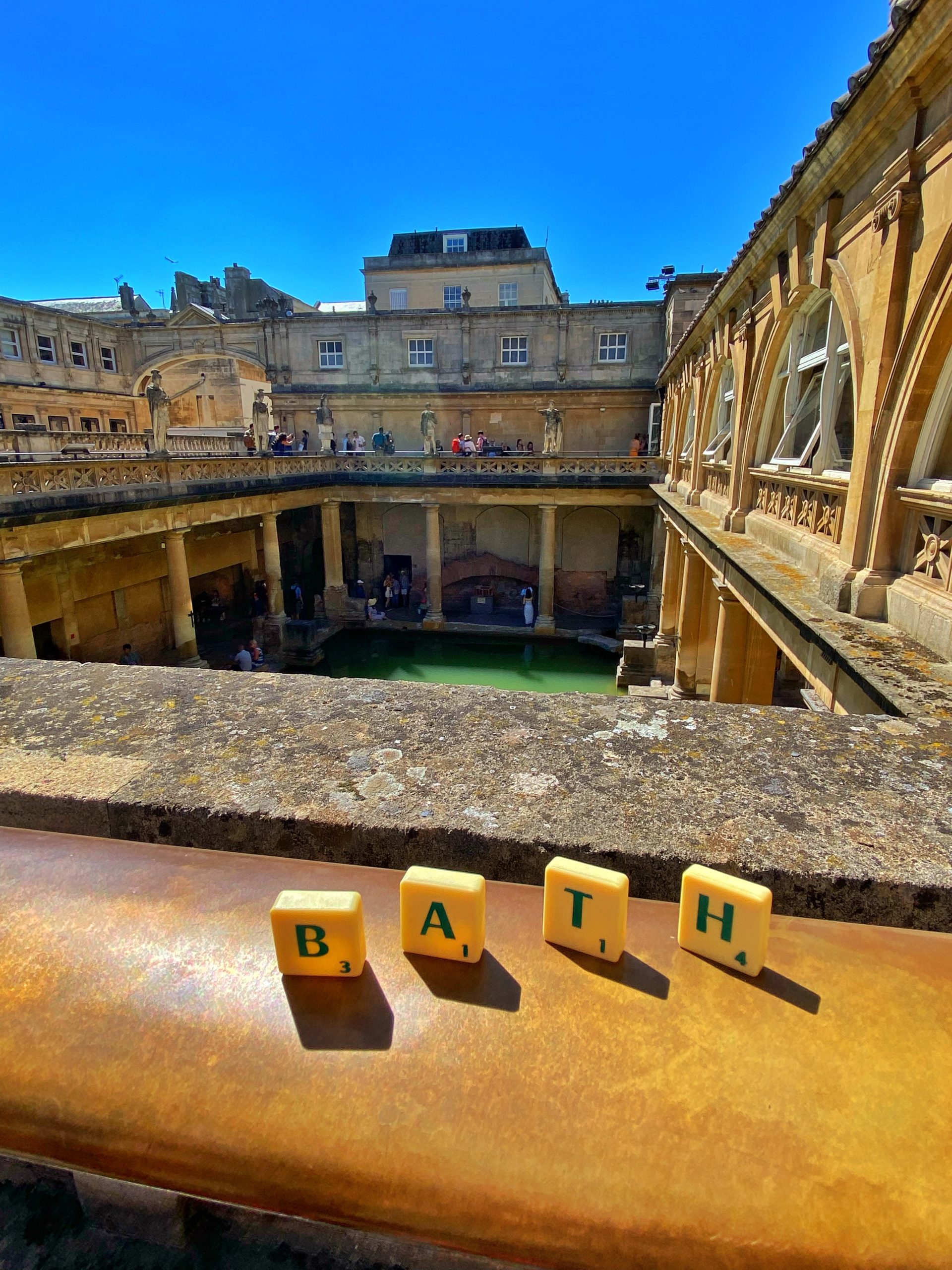
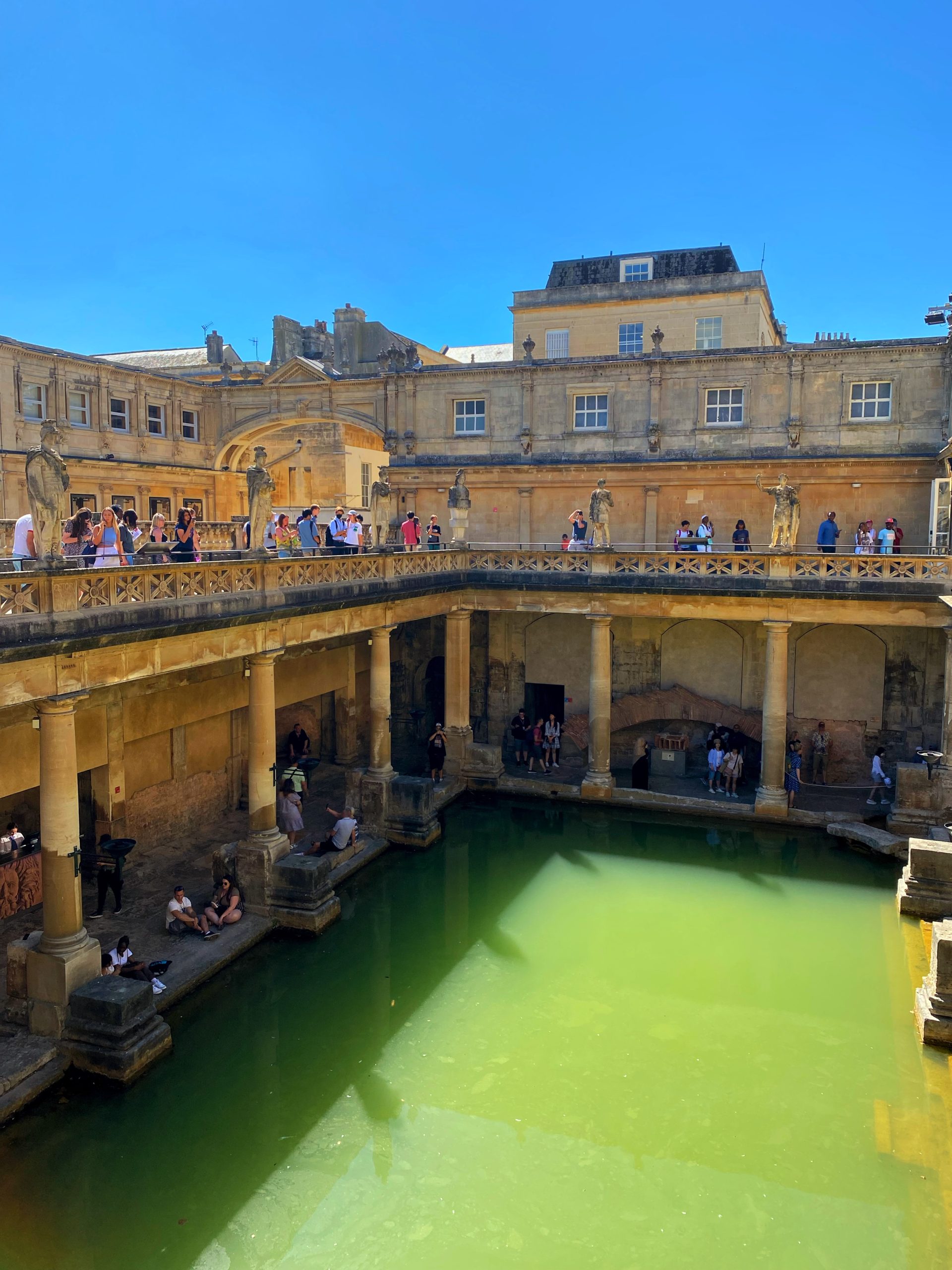
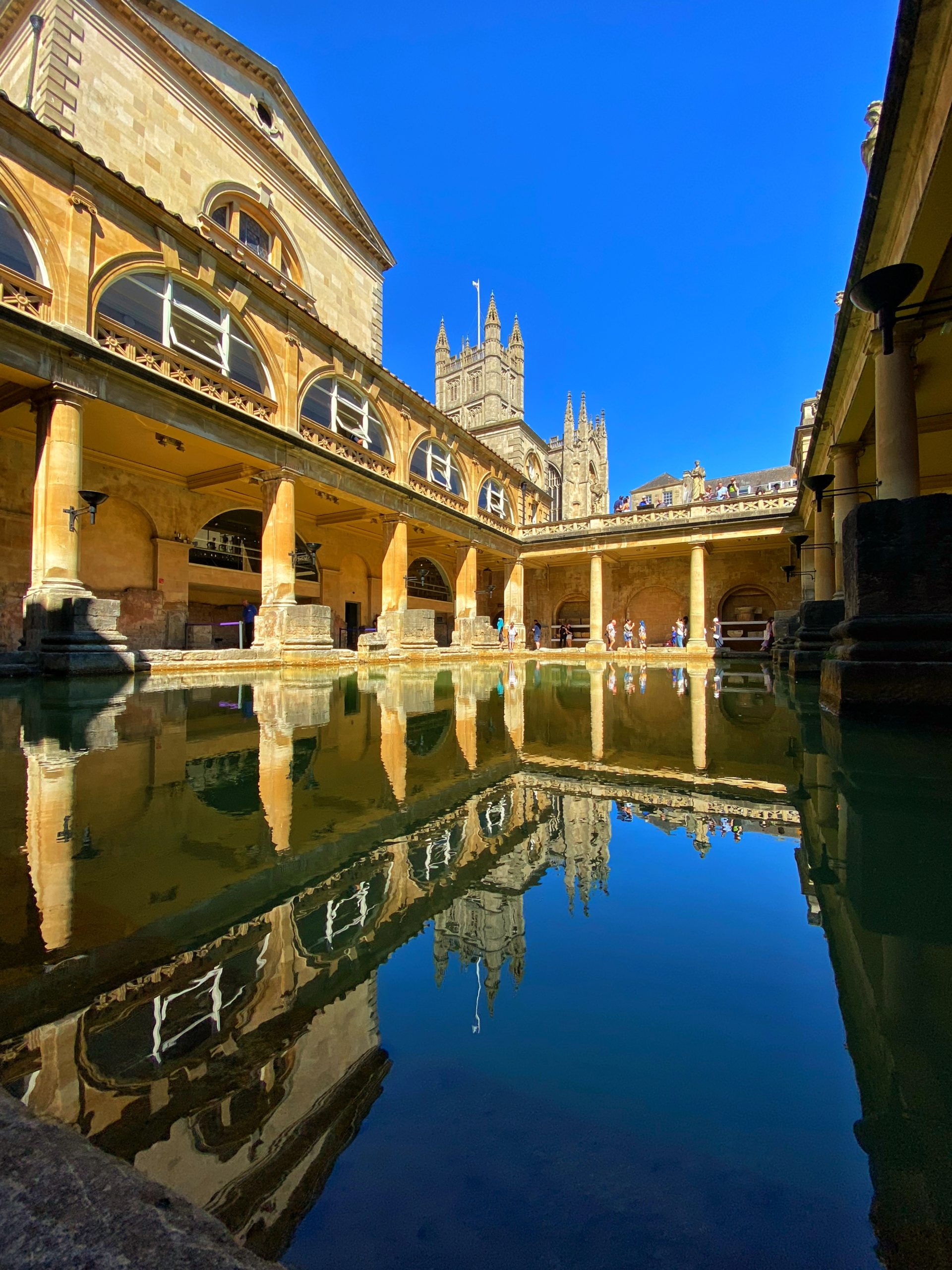
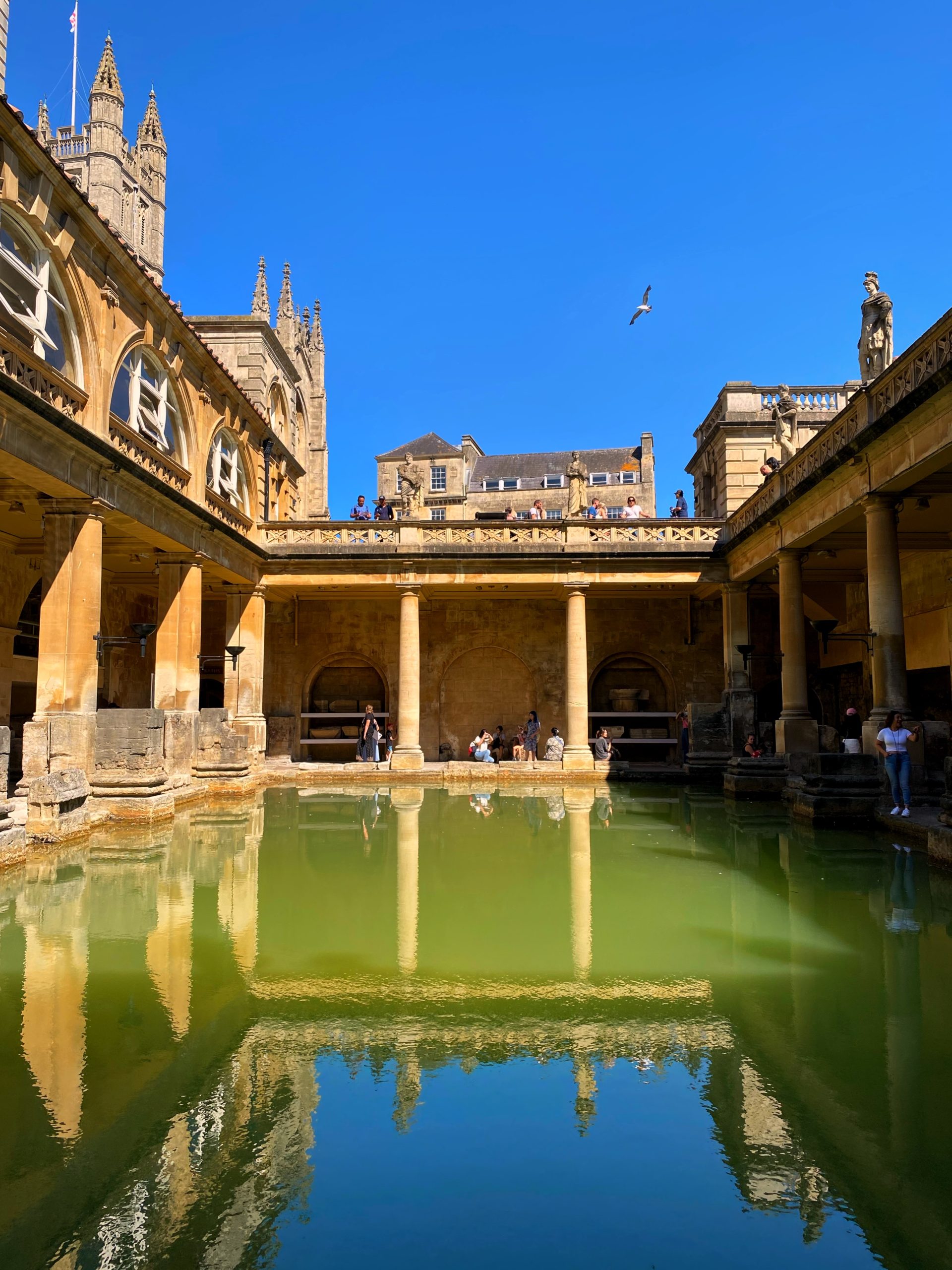
Bath Abbey was originally constructed in the 7th century and is the last of the medieval churches of England. Be sure to take some snaps of the awe-inspiring gothic architecture and the stunning stained glass windows inside the cathedral.
Take the Bath Abbey tour, where you can climb the 200 steps to the top of the tower, and are graced with a breathtaking view of the city from above!
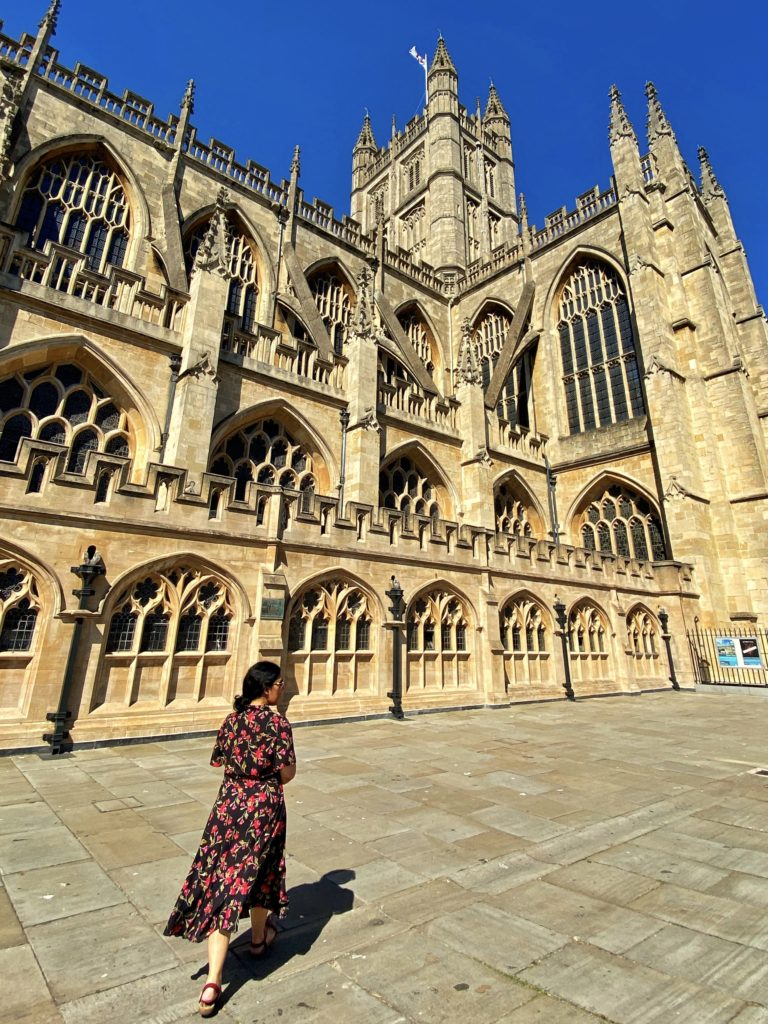
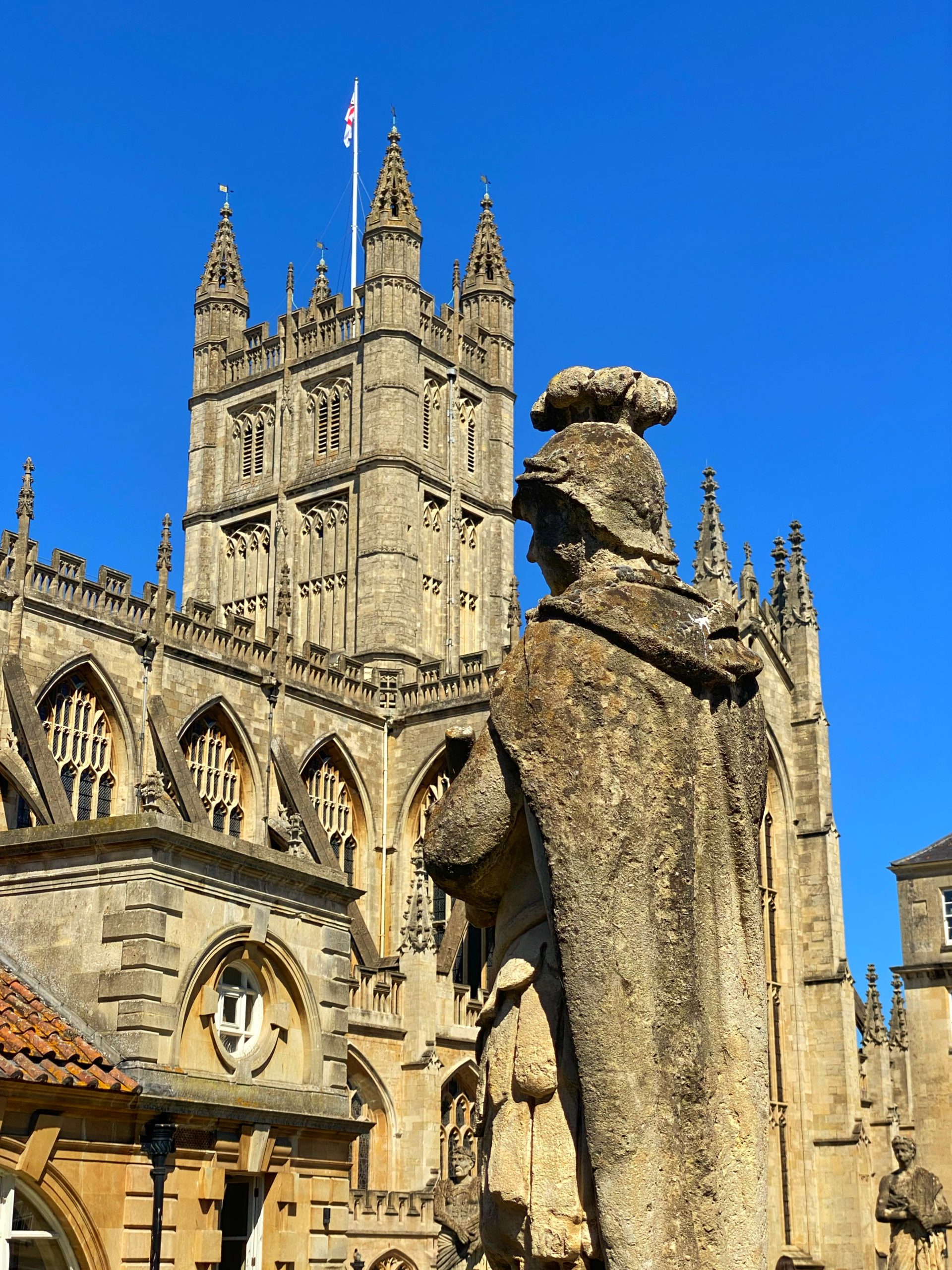


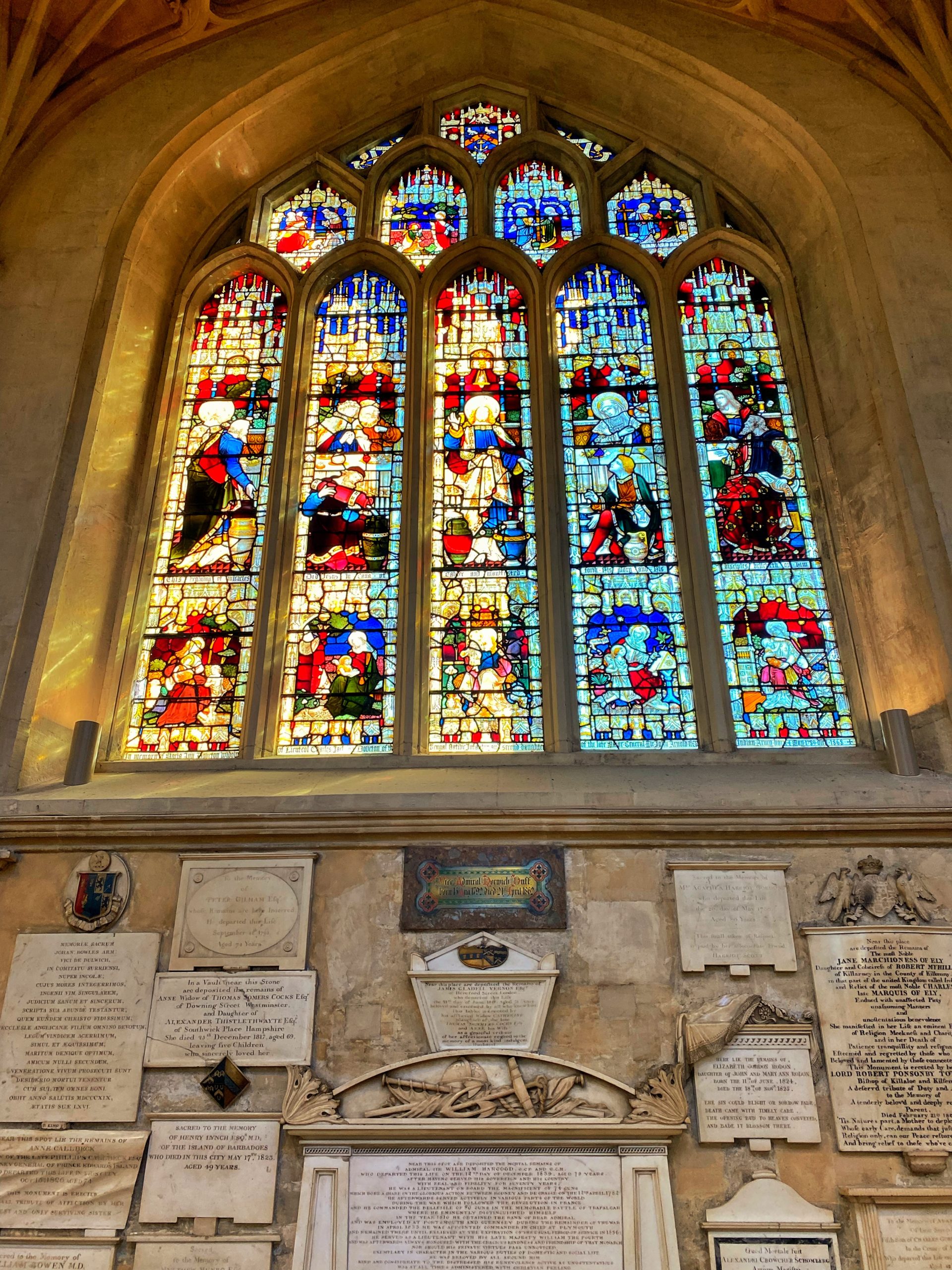
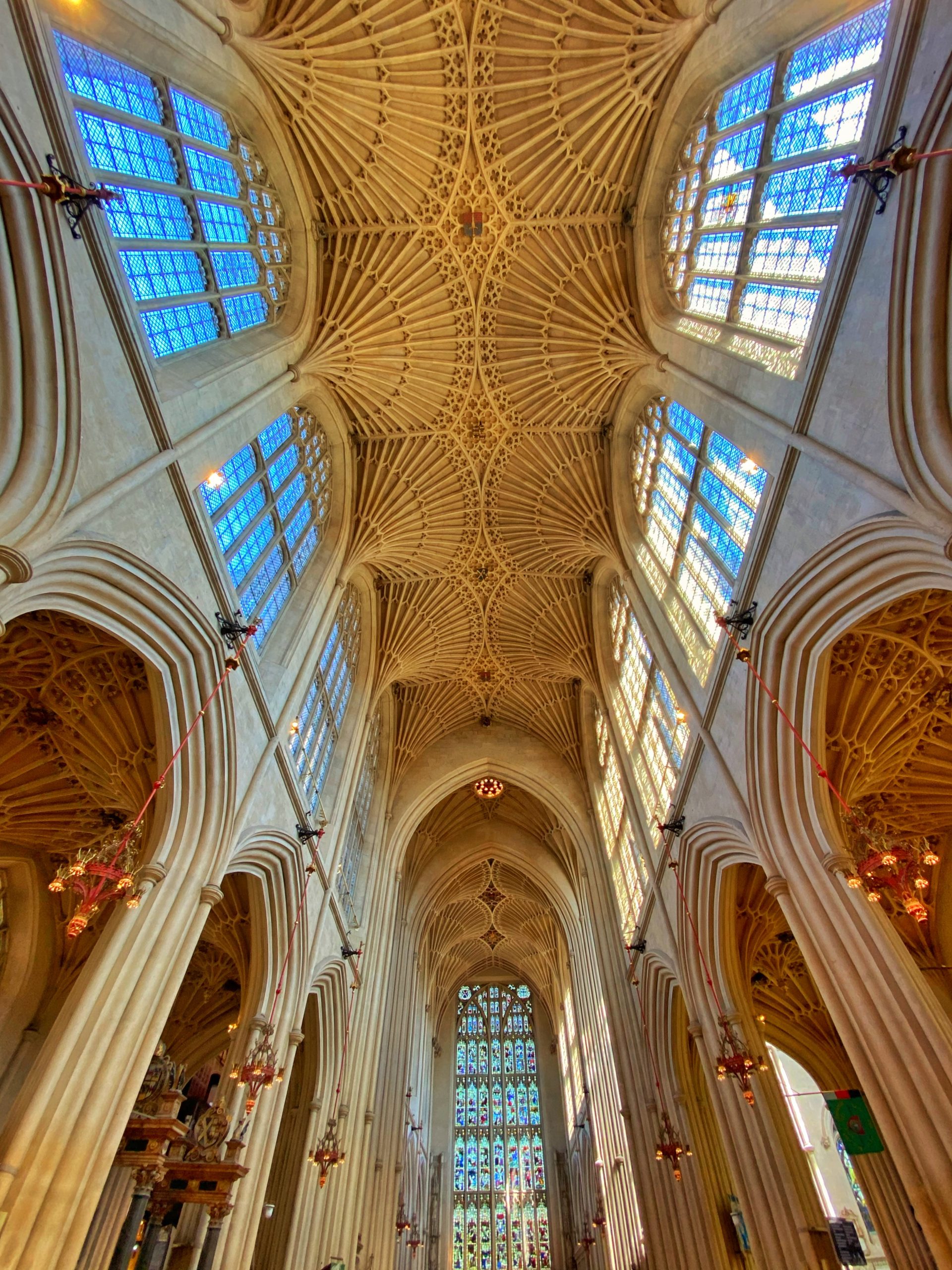
Pulteney Bridge is famous for its Georgian architecture and is the only historic bridge, apart from the Ponte Vecchio in Florence, to have shops built into it. This is one of the most picturesque spots in the city, and is also the perfect place to chill and relax during a day of exploring.
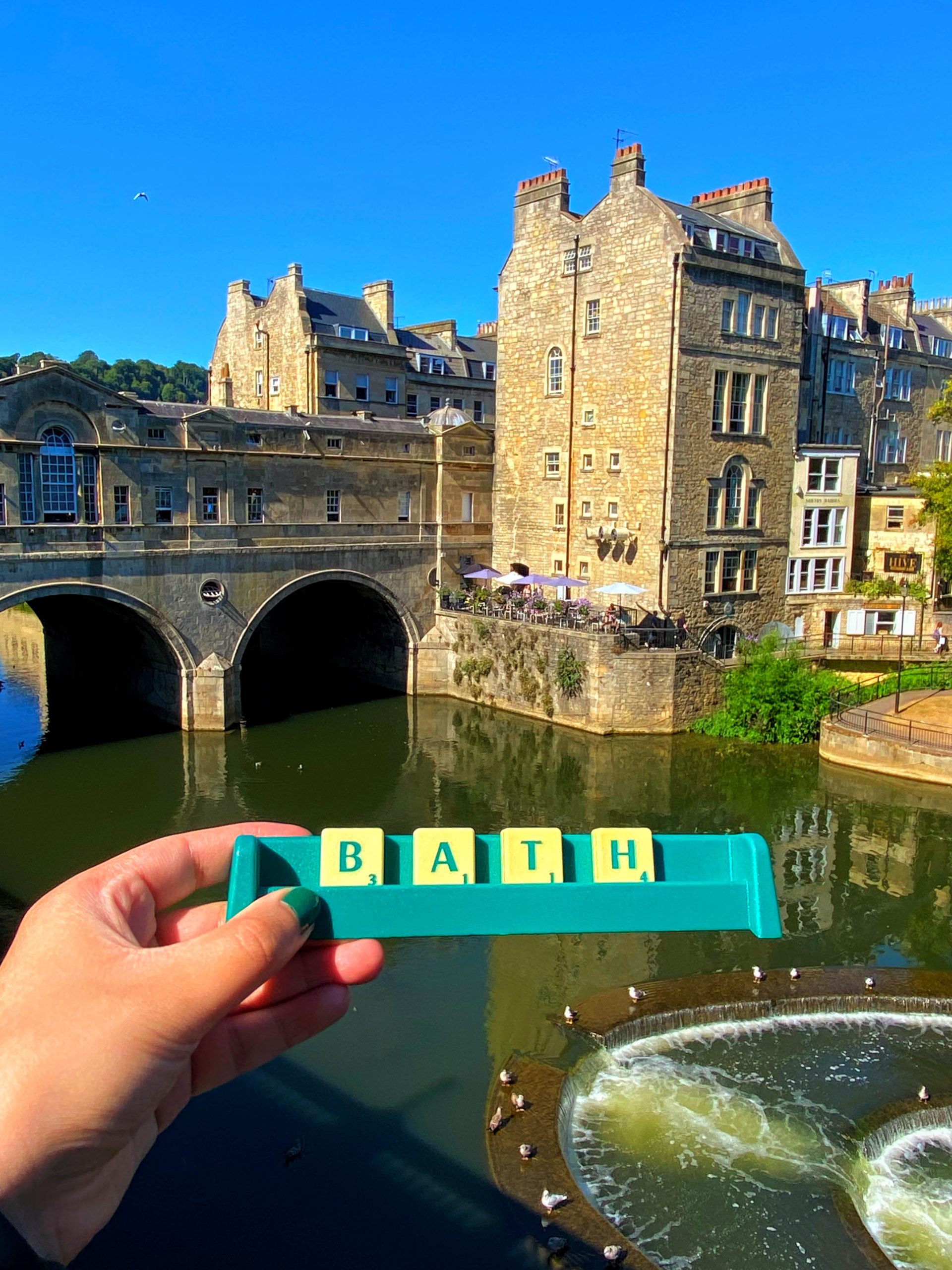
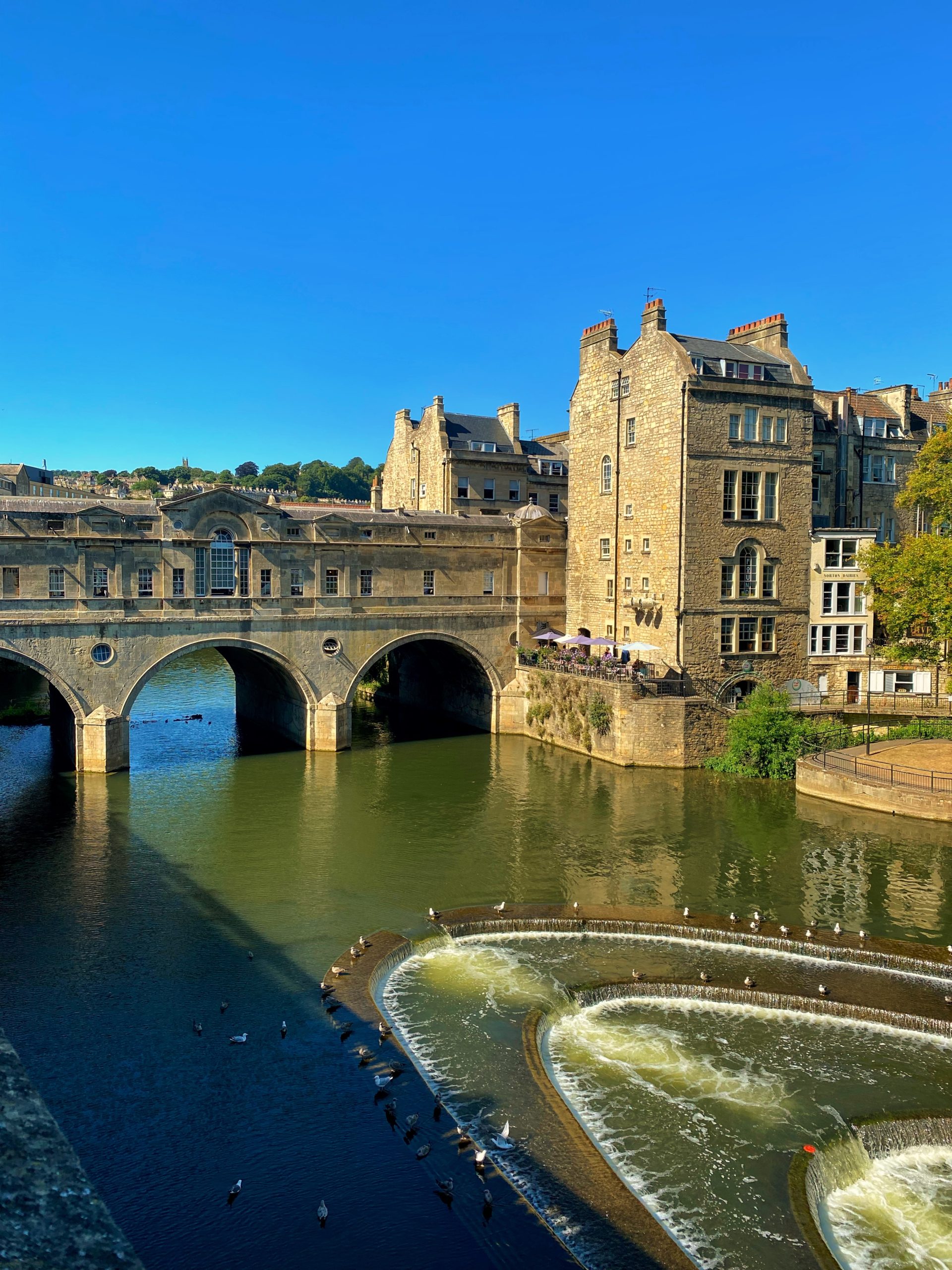
The Jane Austen Centre gives you a true snapshot of life during Regency times and explores how living in this magnificent city inspired Jane Austen and her writing.
After an in-depth group tour by a brilliant costumed storyteller, we then explored the centre – it features a permanent exhibition that tells the story of Bath’s most famous resident. I also had the chance to attempt writing with a quill pen and ink, similar to what Jane Austen used.
On 14 September 2017, to mark 200 years since her death, a new polymer £10 note featuring Jane Austen entered circulation. The official letter from the then Bank of England Governor, Mark Carney, is on display at the centre.
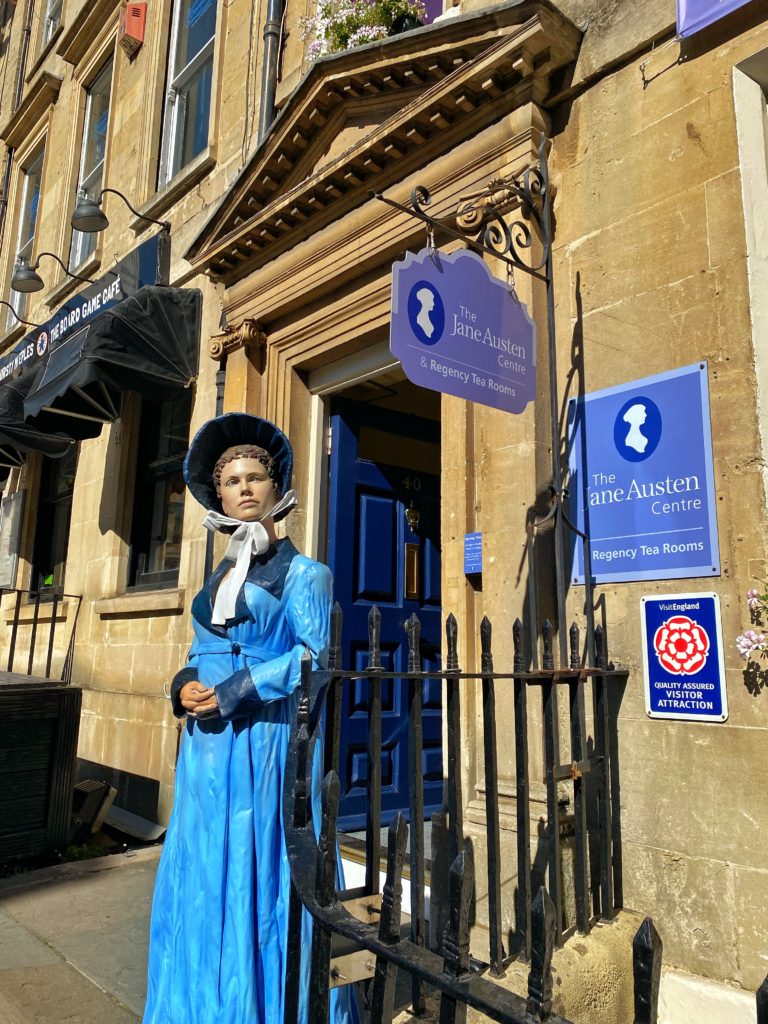
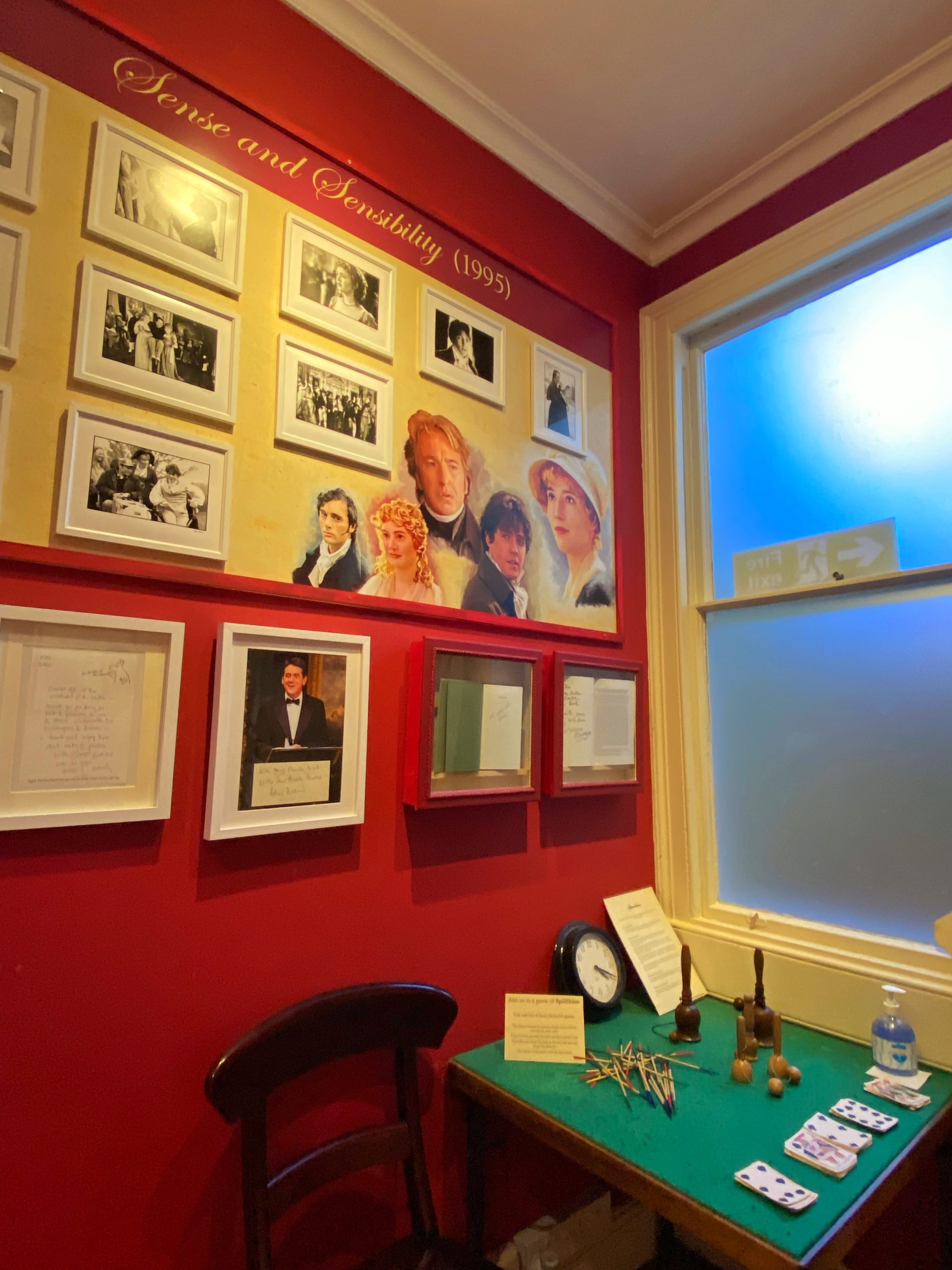
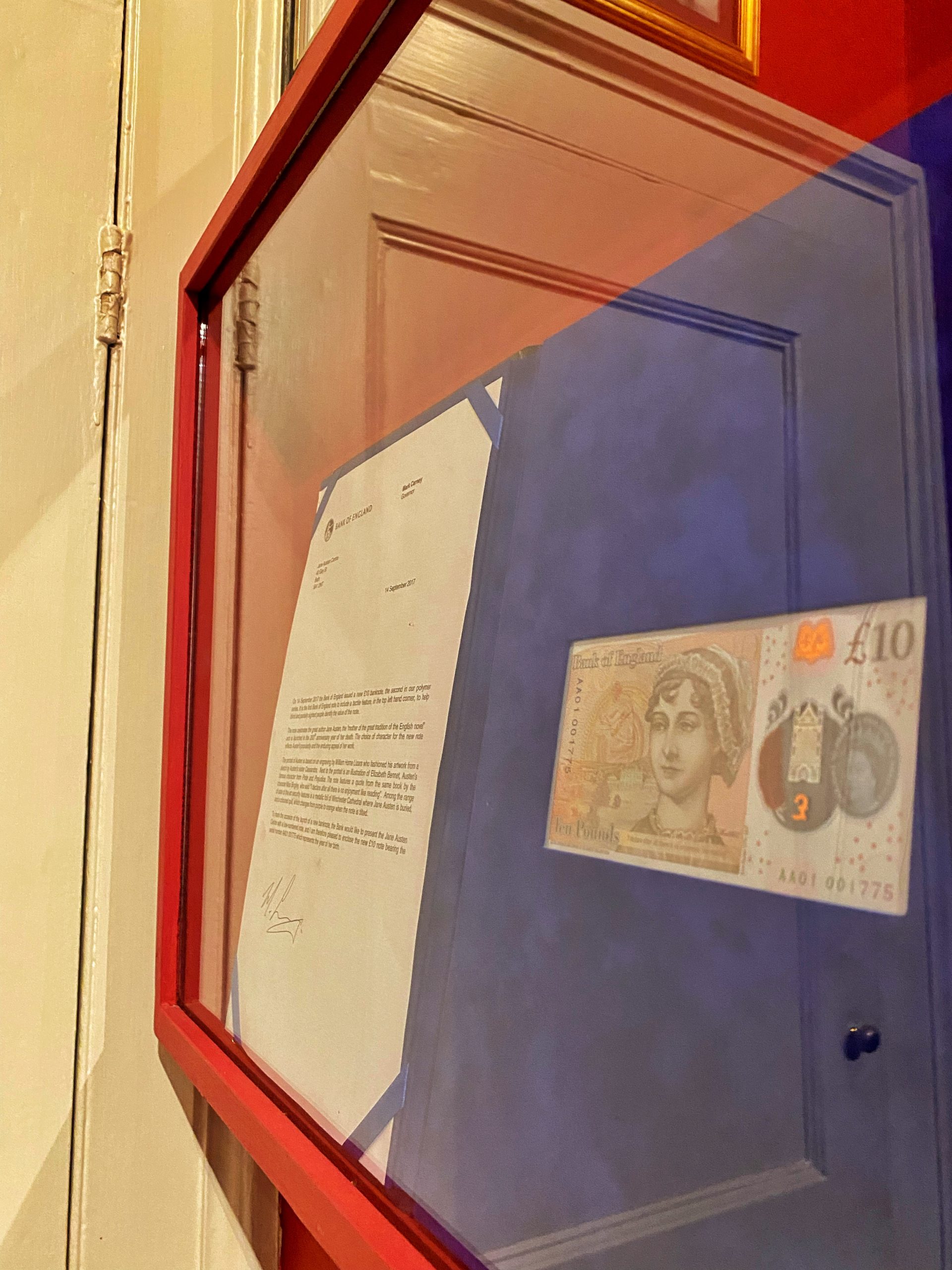
A short walk away from the Royal Baths you will find the Royal Crescent. This encompasses 30 terraced houses, shaped in a crescent – it’s worth taking a moment to admire the impressive Georgian architecture. The iconic Royal Crescent is one of the key reasons Bath was awarded the title of World Heritage Site by UNESCO. It’s the point where the the modern city of the 18th century merges with its surrounding landscape setting.
Further down you will find The Circus, a roundabout also circled with Georgian terraced houses, alongside three large oak trees.
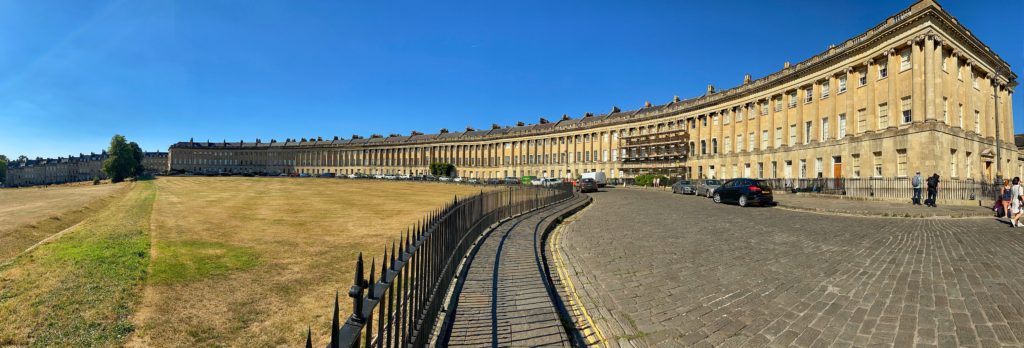
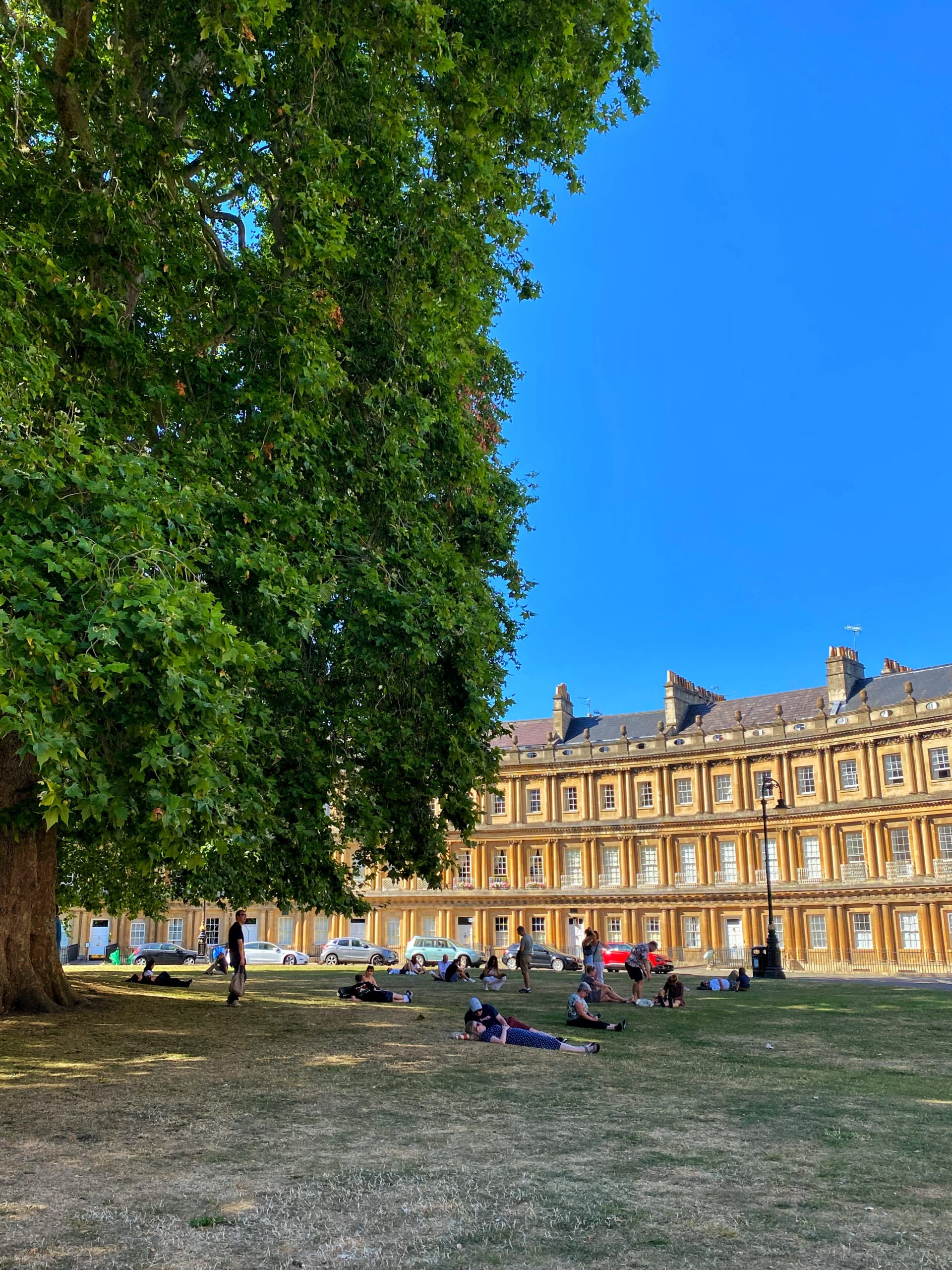
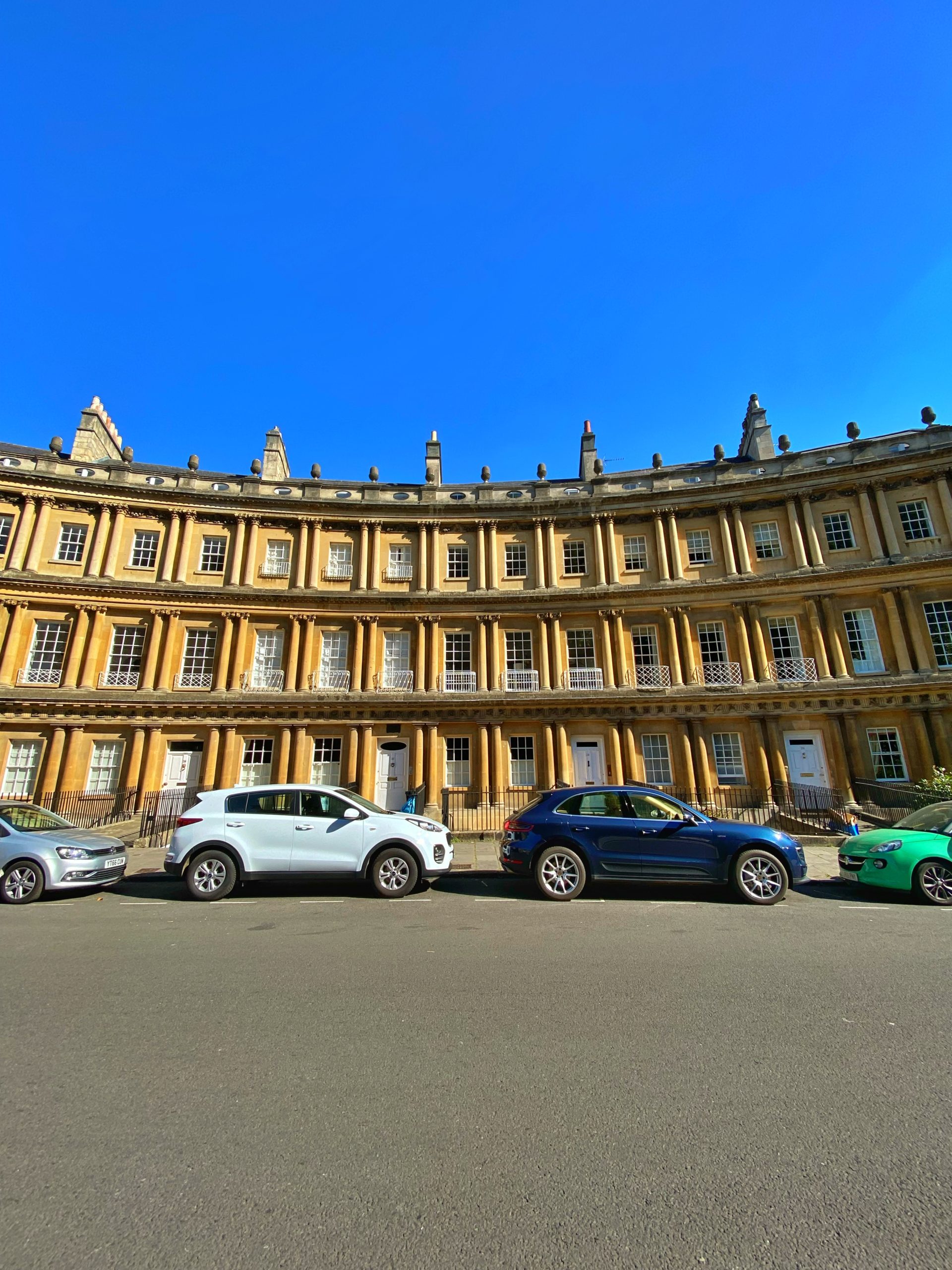
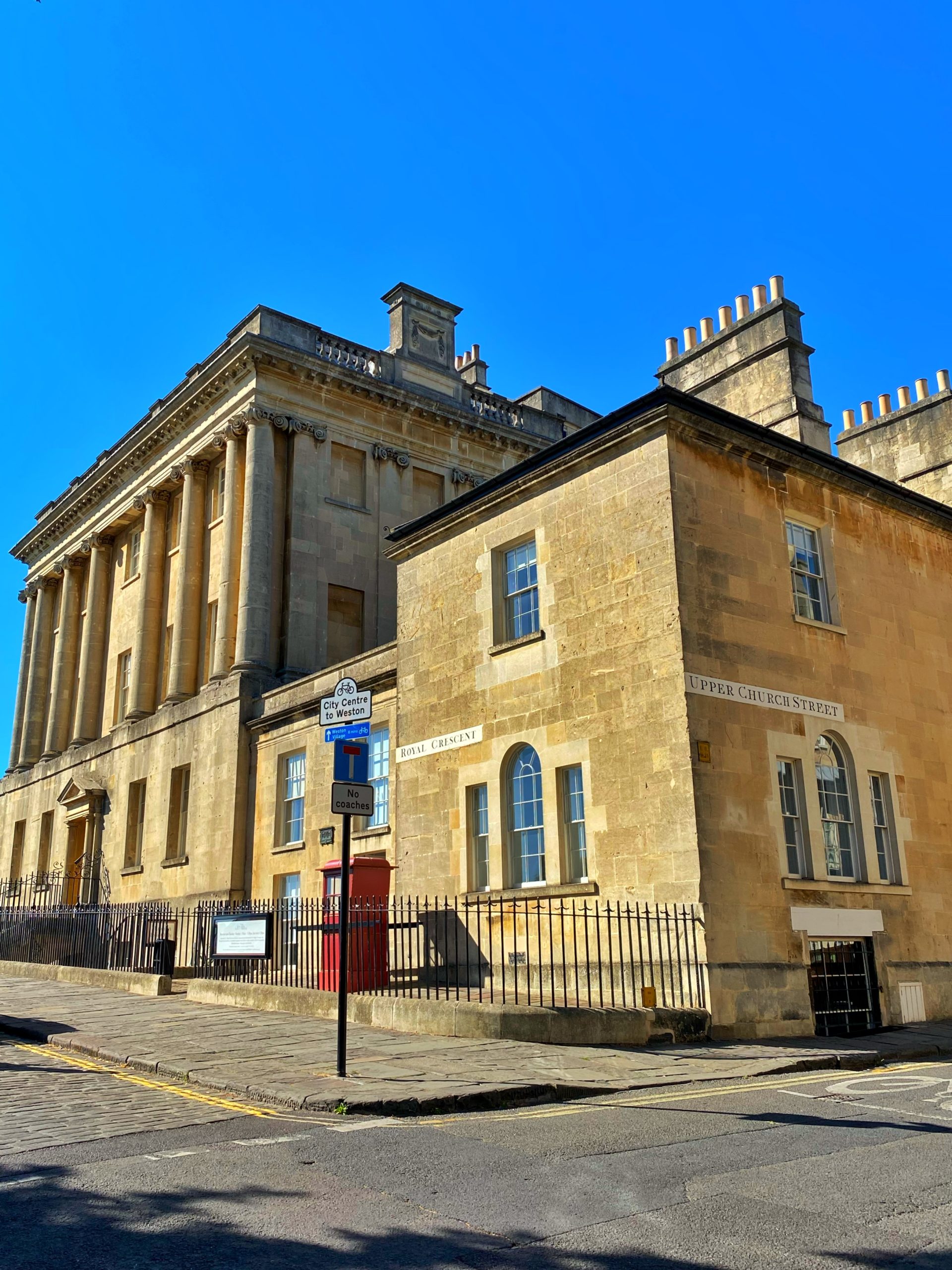

Roaming through Bath’s honey-coloured Georgian architecture-filled streets is one of the best things to do when visiting the city. The centre is completely walkable, and everything is so close to each other, that no other modes of transport are required. Definitely carve out time during your trip for some street photography…

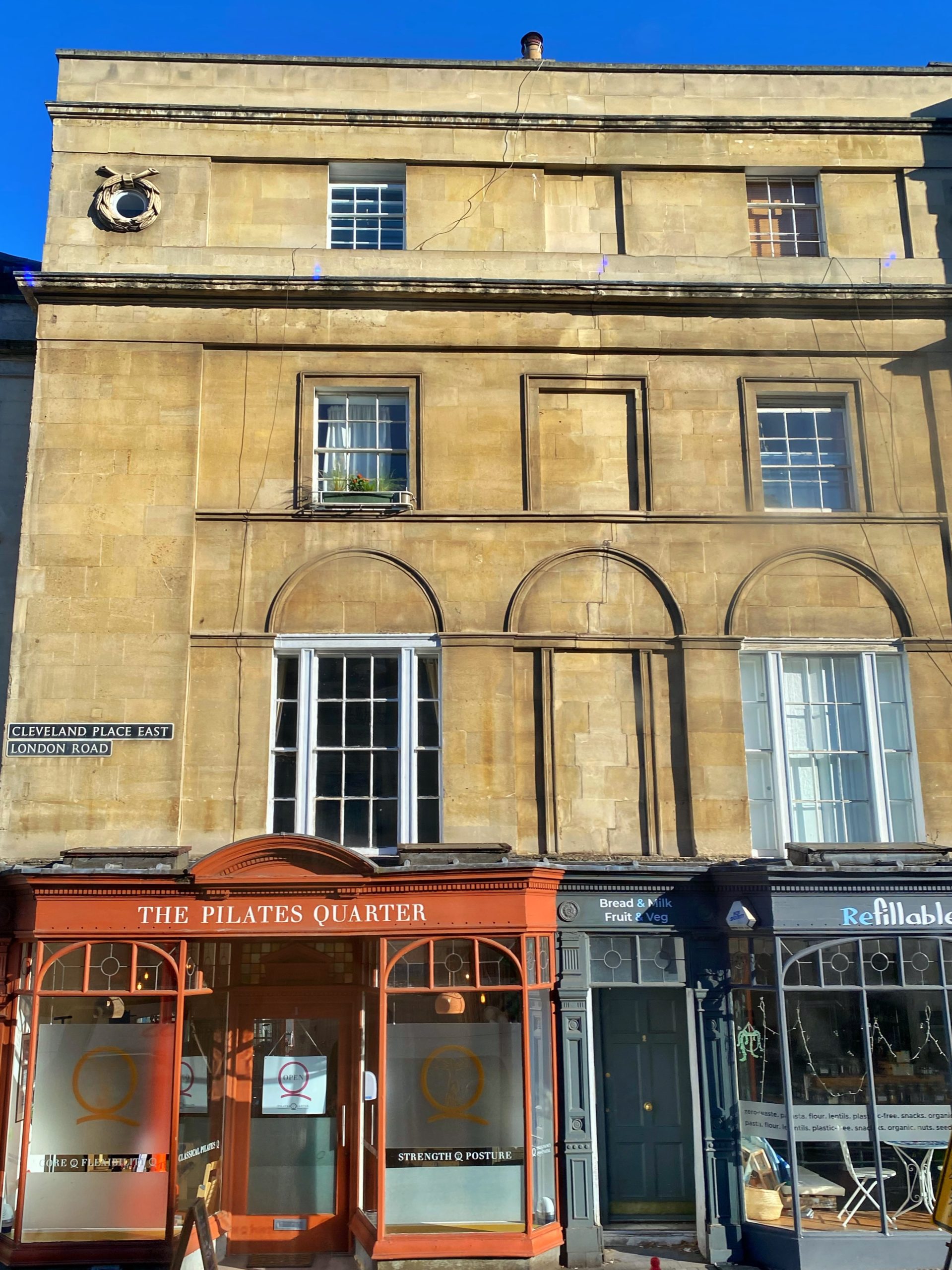
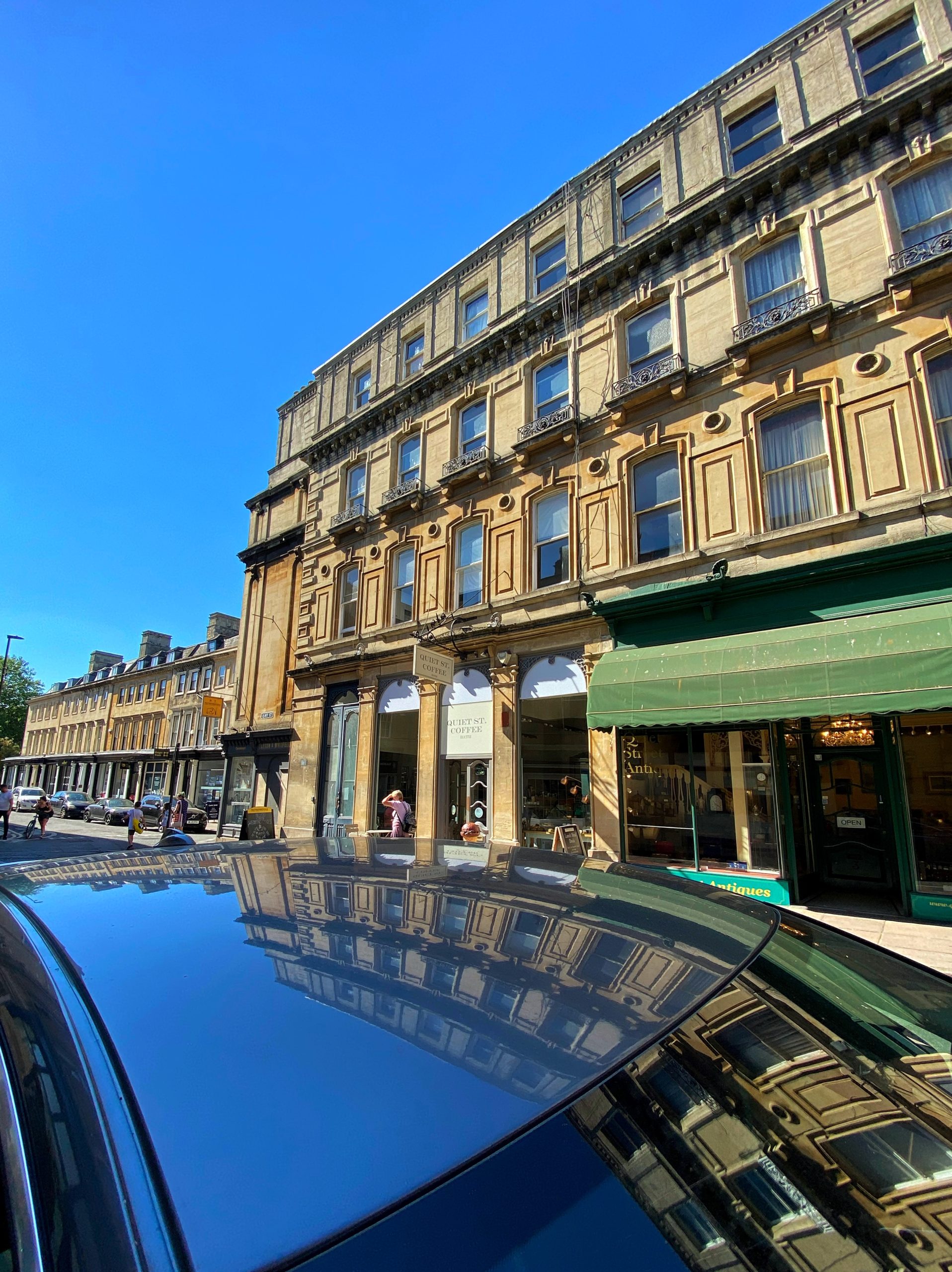


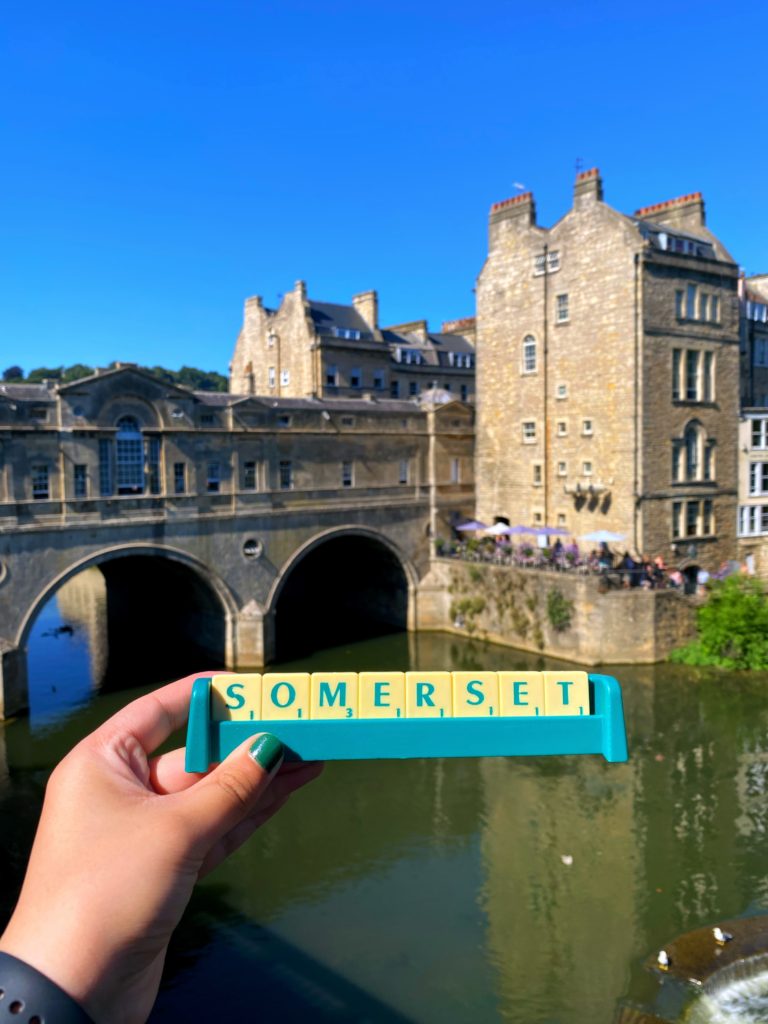
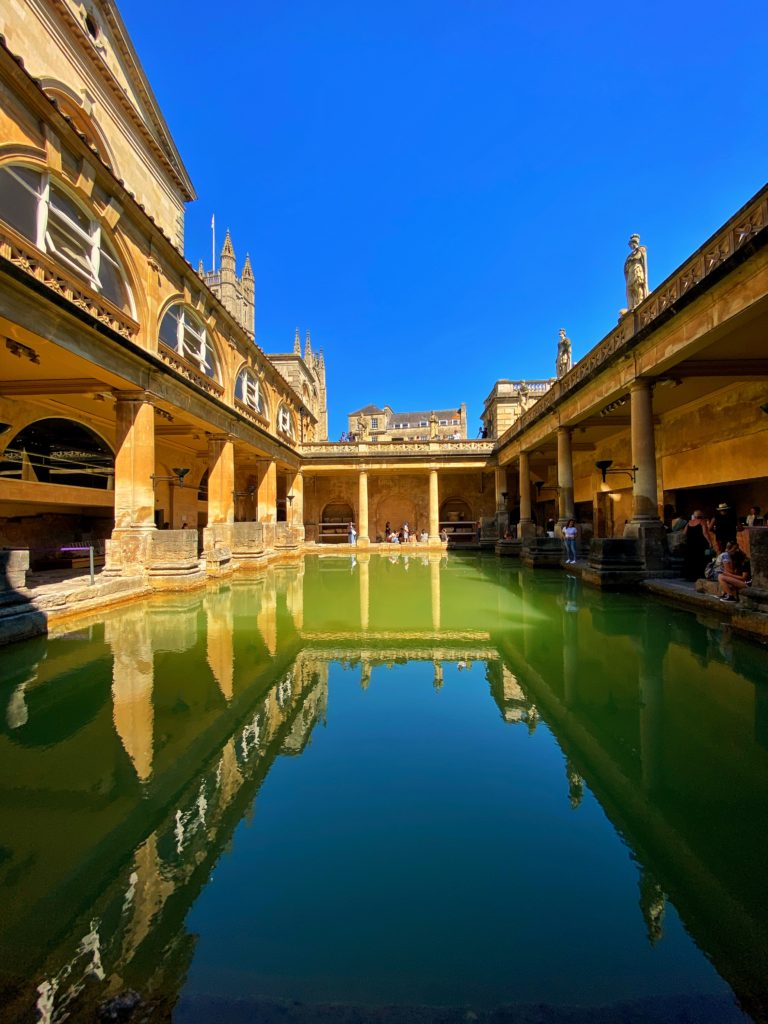
BOOK: Bath City Walking Tour with Optional Roman Baths Entry
Leave a Reply